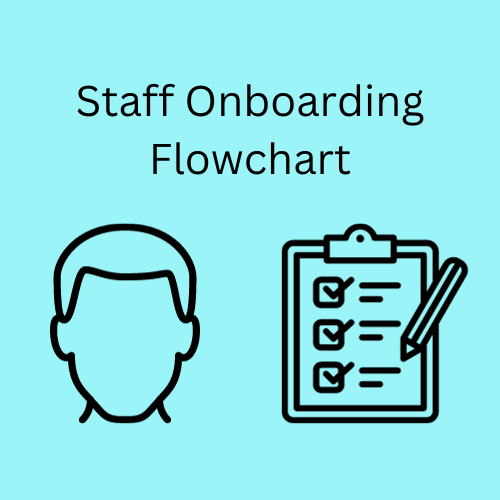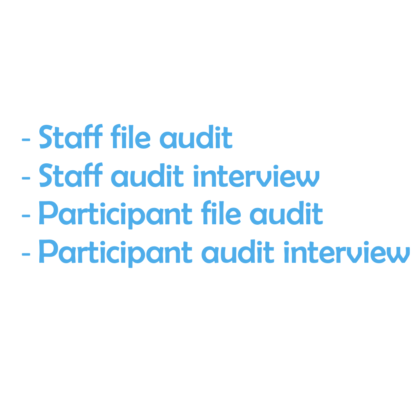Having an NDIS staff onboarding flowchart that fully aligns with the NDIS Quality and Safety Standards 2018 offers several benefits for both NDIS providers and clients:
- Compliance Assurance: Ensuring that the staff onboarding process aligns with the NDIS Quality and Safety Standards 2018 provides NDIS providers with confidence that they are meeting regulatory requirements, thus reducing the risk of non-compliance and potential penalties.
- Consistency and Standardisation: A well-designed flowchart promotes consistency in the onboarding process across different staff members and locations within the NDIS organization. This standardization helps maintain quality and efficiency in service delivery.
- Client Safety and Satisfaction: By adhering to the NDIS Quality and Safety Standards, the onboarding process emphasizes practices that prioritize the safety, dignity, and rights of NDIS clients. This instils trust and confidence in clients, leading to improved satisfaction with the services provided.
- Risk Mitigation: The flowchart can include steps and protocols aimed at identifying and mitigating risks associated with service provision. This proactive approach reduces the likelihood of adverse events or incidents that could impact the well-being of NDIS clients.
- Improved Training and Development: A comprehensive onboarding flowchart facilitates the training and development of new staff members by clearly outlining the necessary steps, training modules, and competencies required to fulfill their roles effectively within the framework of the NDIS Quality and Safety Standards.
- Efficiency and Time Savings: Having a structured flowchart streamlines the onboarding process, reducing the time and resources required to bring new staff members up to speed. This allows NDIS providers to allocate resources more efficiently and focus on delivering high-quality services to clients.
- Continuous Quality Improvement: The onboarding flowchart can serve as a tool for ongoing evaluation and improvement of staff training and development processes. By regularly reviewing and updating the flowchart in line with feedback and changes in the NDIS Quality and Safety Standards, providers can enhance the quality of their services over time.
In conclusion, aligning the NDIS staff onboarding flowchart with the NDIS Quality and Safety Standards 2018 benefits NDIS providers by ensuring compliance, promoting consistency, enhancing client safety and satisfaction, mitigating risks, improving efficiency, and supporting continuous quality improvement initiatives.








What others are saying
There are no contributions yet.